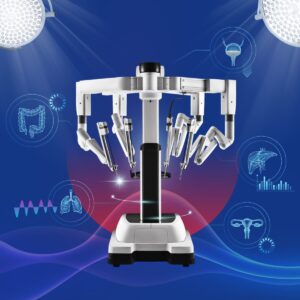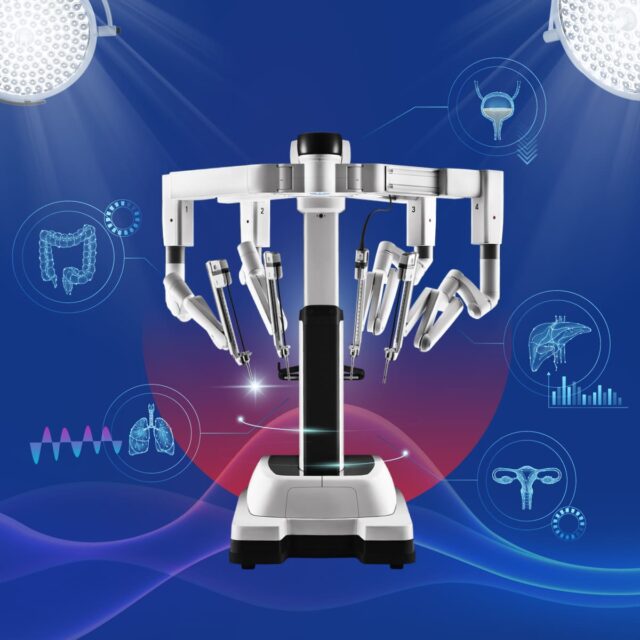Preliminary Diagnosis to Determine Causes of Infertility
When seeking medical assistance with regards to infertility your doctor will begin by asking you about your medical history such as contraception used,frequency of sexual relations, menstruation history (helps to determine if the
issue is ovulation related), surgical history, pre-existing conditions, and sexually transmitted diseases. For men, medical history can reveal a lot about sperm quality which can be adversely affected by smoking and alcohol
consumption. Information that is the least concise is usually data regarding menstruation cycles, as such its is recommended to note down these cycles 3-6 months prior to meeting with a doctor.
A blood test will then be taken to determine aids, syphillis, and Hepatitis B. These diseases may affect the infant within the womb during pregnancy,furthermore a test for thalassemia will also be conducted. It is recommended
that both husband and wife undergo these tests.
Diagnosis for Infertility- Common causes include:
-
Issues with regards to male’s sperm (cause of 1 in 3 cases of infertility)
-
Lack of ovulation (accounts for 15% of cases of infertility)
-
Fallopian tube blockage
-
Endometriosis
-
Other diseases found in women such as cervical cancer (accounts for 10%)
Points 3-5 combined account for 1 in 3 cases of infertility
Determining causes of Infertility can be divided between Male and Female
In determining causes of infertility for males a sperm test will be the first step.
The results of which can provide insight into sperm quality such as sperm count and potency, as well as movement patterns and other characteristics.To increase reliability and accuracy it is recommend that the male refrains
from ejaculating 3-7 days prior to the test. If the individual abstains from ejaculation for more than 7 days’ test results may reveal abnormalities in sperm death rates. Your doctor may order further tests such as for your
testicles and determining functions of the blood vessels in that area.
Additional blood tests may also be required. Female examination will include a pap smear and diagnosis of cervical
cancer. Tests may often include a transvaginal ultrasound which can determine abnormalities that cannot be identified solely through a pap smear such as tumors in the uterus and PCOS. To determine fallopian tube
blockage a hysterosalpingography may aslo be required. The proccess is quite similar to a pap smear for cervical cancer where the doctor will insert a small tube into the cervix and inject a colored substance.
An X-ray imaging will then be provided to see if there is indeed blockage within the fallopian tubes. Indications for this technique also includes patients with a history of problems with the fallopian tubes such as salpingitis, ectopic
pregnancy, or suspicions of endometriosis. This test may cause some minor abdominal pain during and after, the severity of pain may vary. However, your doctor will provide painkillers prior to the test as necessary. However, during the examination no anesthesia or pain supression medication will be provided. The most suitable time for this diagnosis is 2-5 days after menstruation and no more than 10-12 days after first instance of menstruation.
Initial results for both men and women are able to determine causes of infertility in 80% of cases. However, the causes for the other 10-20% is unclear.










